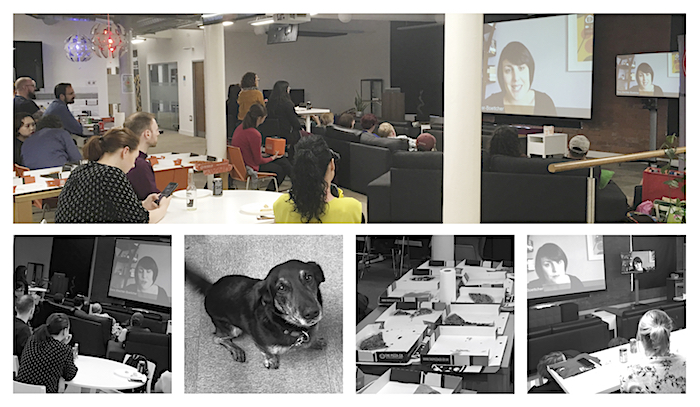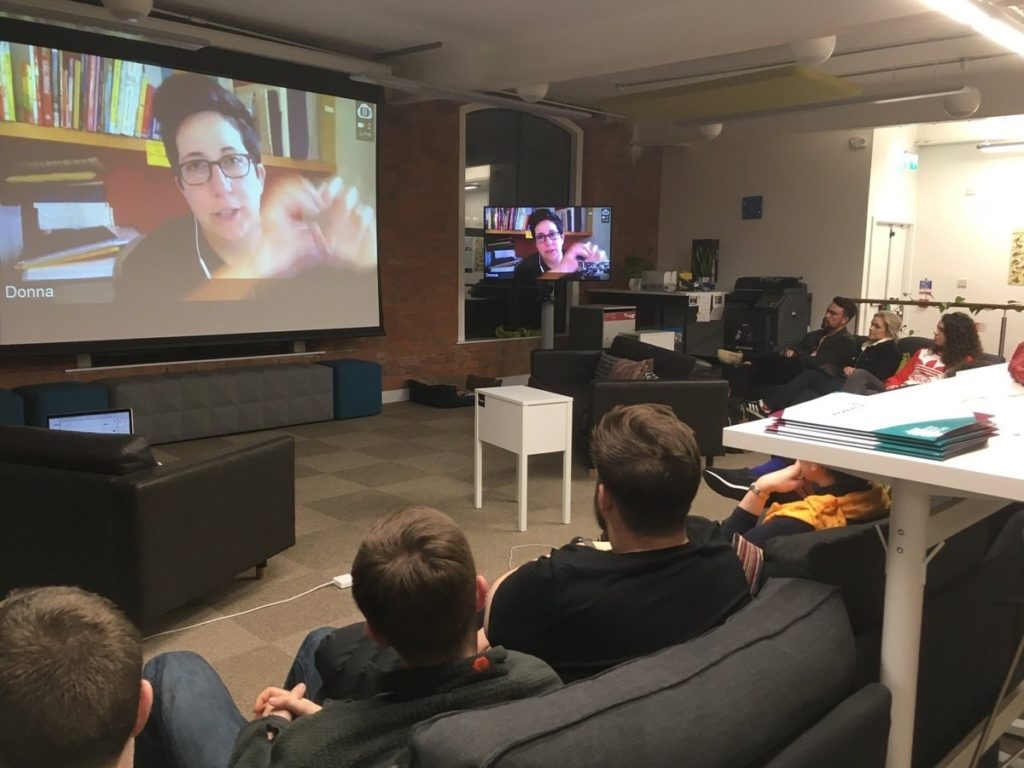 Why does experience matter?
Why does experience matter?
We read enough about it on every platform we encounter, so let’s ask: why should we care about experience? If we build a product or a service and it works well, isn’t that enough?
There are many, sound ethical reasons why better user experience is simply the right thing to do. Improving experiences, saving time and effort, is where we want to get to surely? Experiences matter because optimising them tends to mean incremental improvements to peoples lives – and more. We’ve read well written up cases where badly designed interfaces in airline cockpits or medical sector software have put lives at risk.
If that sounds a little too heady and idealistic, then let’s focus on the bottom line via a sobering fact: people buy into experiences of products, rather than the products themselves. The ‘experiential shopper’ is on the rise. Google research has even led them to rename ‘the path to purchase’ as ‘the path to purpose‘. For consumers, the experience IS the product, and when faced with a choice, consumers tend towards superior experiences.
When Theodore Levitt let fly with his famous line that people “don’t want quarter inch drill bits, they want quarter inch holes”, he was of course promoting the importance of outcomes and benefits over a product’s features. Marketing 101. And when you have a number of products that all provide the same thing? Then it’s the product experience that becomes the differentiator.
So how much should a business invest in “the experience”? The Walt Disney Company have decided that it’s worth a $1bn investment. That’s how much they have put into developing The Magic Band, a wrist band which now accompanies visitors to its US parks, designed to make each visit a seamless, integrated and – yes – even a magical experience.
The band acts as a companion and guide through the park. As soon as a ticket is booked online, a visitor’s preferences, allowances and entitlements are programmed into their band. Overall, the wearable can replace passes, maps and even your wallet (the band is linked to your credit card). It enables staff to greet you by name as you move around the park (slightly creepy?), or to locate you or your child quickly in an emergency (highly practical). In short, the business is taking a lot of the effort away from the customer, thus improving customer experience.
I’ll admit it’s a little unreasonable to reference one of the world’s largest corporations to illustrate ‘everyday’ experiences, but the principles of anticipating and catering for customer need apply universally. We tend not notice good experiences from day to day, because they effortlessly become part of our lives.
One of the foundational texts of user experience thinking is Don Norman’s book ‘The Design of Everyday Things’, a book full of practical common sense. In a nutshell, Norman records poor experiences with doors, cooker hobs, light switches – a myriad of interactions we encounter and tolerate on a daily basis. Most are average, many are bad. The book could easily have been titled “The Design of Everyday Experiences”.
If your bank card offers contactless payment, you’ll know how quickly the unthinking ease of using it becomes an expectation; and it is with a degree of disappointment that you revert to chip & PIN input when required. Conversely, if you’ve ever had to turn specific lights on or off in a large space using a bank of switches on the wall, you’re probably like me and guess your way to success. A little guidance would go a long way.
So what price tag would you attach to improving the experience of your customers or clients?. The good news is that it needn’t be $1bn. Great experiences are built from a series of small, incremental improvements or ‘micro–interactions. When brought together as part of an experience strategy, you can remove just so much friction from someone’s life that you earn a place in their daily routine.
Now, what business wouldn’t want that?



 Why does experience matter?
Why does experience matter?